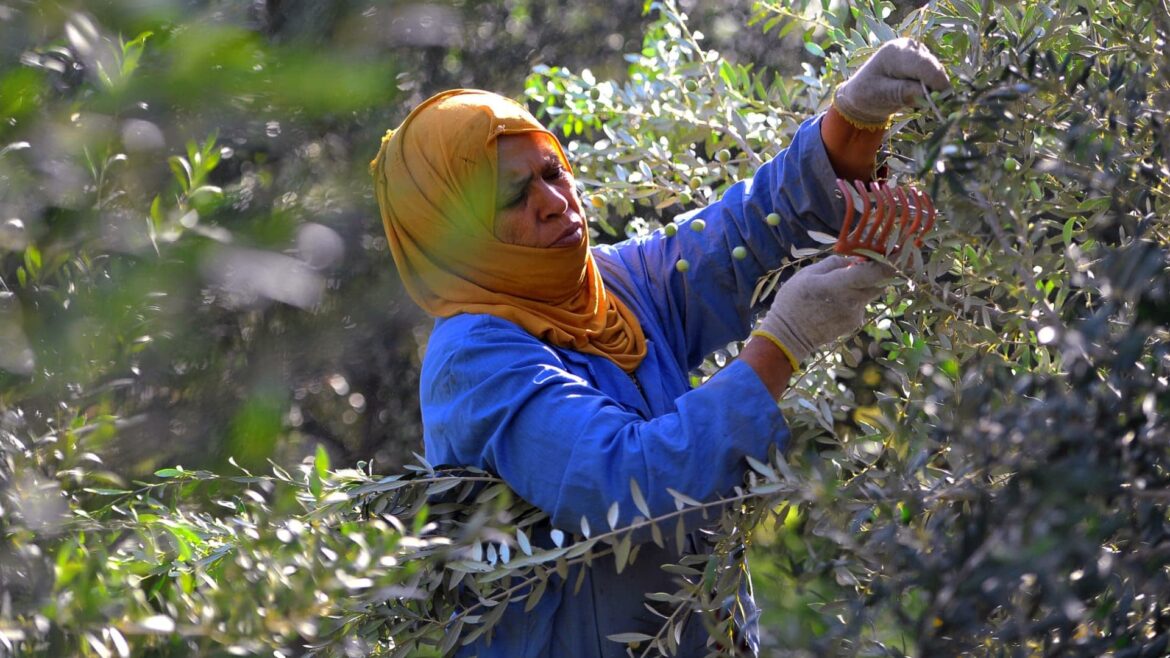Summary
Tunisia is expecting a record olive oil season with up to 500,000 metric tons of output, driven by favorable weather conditions, which would boost the country’s economy and solidify its position as a top global olive oil producer. Despite the potential for record production, Tunisia faces challenges in increasing the share of packaged olive oil exports to capture more value and navigate a softer global market with increased supply from other Mediterranean countries.
Tunisia is poised for a historic olive oil season, with producers forecasting up to 500,000 metric tons of output — about 50 percent more than last year — thanks mainly to well-timed rains. The bumper crop would cement the North African nation’s status among the world’s leading olive oil producers and provide a welcome lift to its fragile economy, according to a report from Arab News.
Najah Saidi Hamed, head of the country’s Olive Producers Chamber, said the harvest outlook reflects favorable rainfall patterns and fruit set across major growing regions. A final tally near 500,000 tons would be a record for Tunisia, surpassing the country’s previous best campaigns.
Olive oil is Tunisia’s flagship agricultural export and a crucial source of foreign currency. In recent years, the sector has generated record export revenues, even as most shipments left the country in bulk rather than branded bottles — an issue policymakers and producers continue to address, according to Reuters.
Independent industry analyses also point to a record crop for 2025/26, with estimates ranging from 400,000 to 500,000 tons as orchards rebound from prior drought stress.
Historically, Tunisia’s largest modern harvests have occurred in the 2019/20 campaign, widely cited by the International Olive Council at around 440,000 tons. That benchmark underscores how exceptional a 500,000-ton outcome would be.
Tunisia routinely ranks among the world’s top olive-oil exporters. Even amid recent price volatility, export values have remained substantial, highlighting the sector’s importance to the trade balance. A larger crop typically supports higher export volumes, though global prices will influence total revenue.
A supply rebound across the Mediterranean — especially in Spain — has pressured international prices, meaning Tunisia will have to navigate a softer global market, Reuters reported on the EU olive oil supply.
Despite progress, the share of packaged (bottled and branded) Tunisian olive oil remains modest compared with bulk shipments, limiting value capture for local producers. Government and industry initiatives continue to focus on increased bottling, marketing, and market diversification (Olive Oil Times).
Harvest forecasts remain weather-sensitive until milling wraps up. Tunisia’s groves also follow the olive tree’s natural alternate-bearing (on/off) cycle, which can swing production from year to year. Still, with widespread reports of abundant fruit and adequate rainfall, producers are cautiously optimistic that 2025/26 will be a high-water mark.
If Tunisia delivers around 500,000 tons of olive oil in 2025/26, the country would set a new national production record, reinforcing its position among the top global suppliers and offering a timely boost to export earnings. The next challenge will be converting this bumper harvest into sustainable income by balancing bulk sales with higher-value packaged exports and managing potential price pressures in global markets.


Dining and Cooking